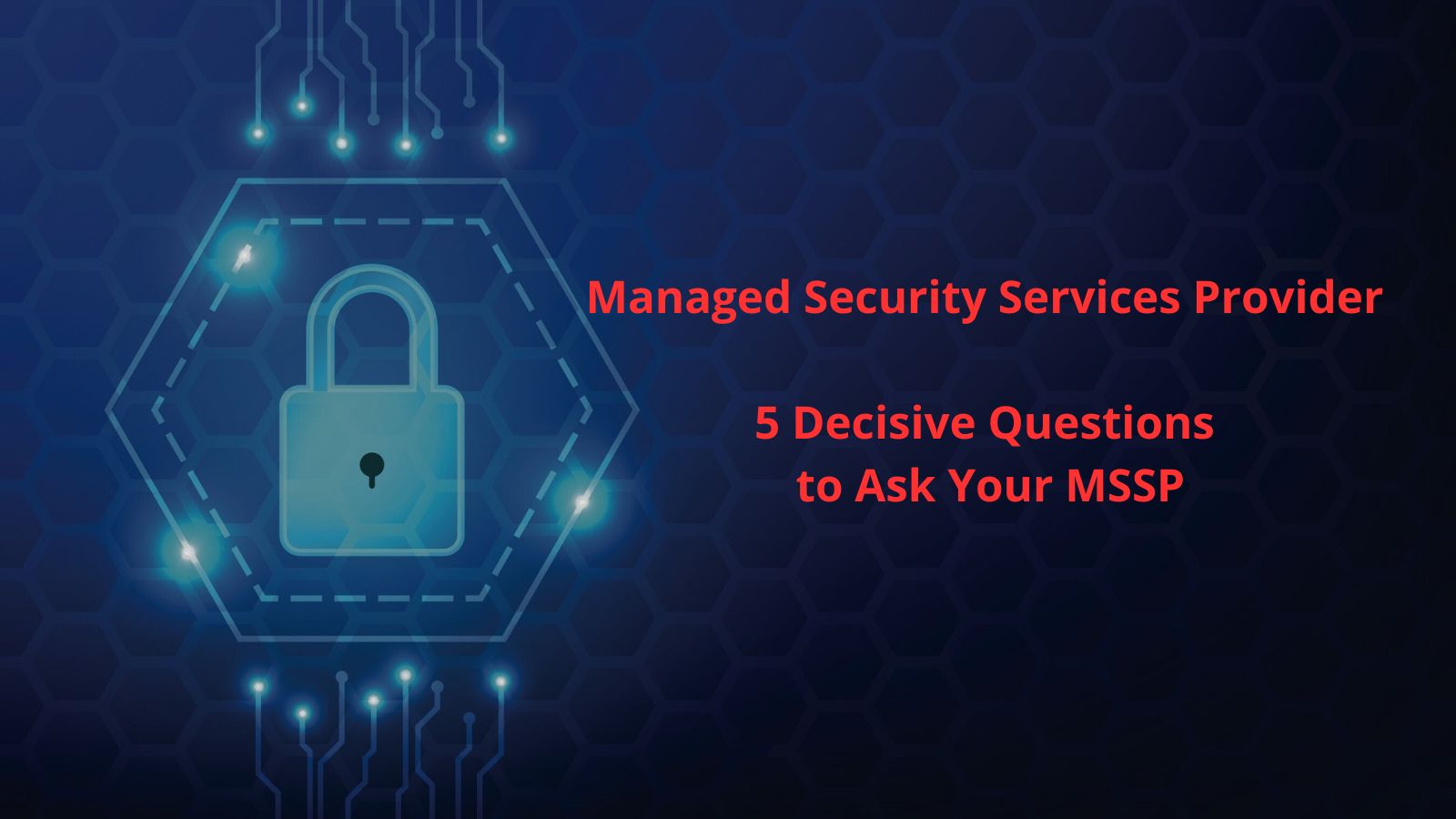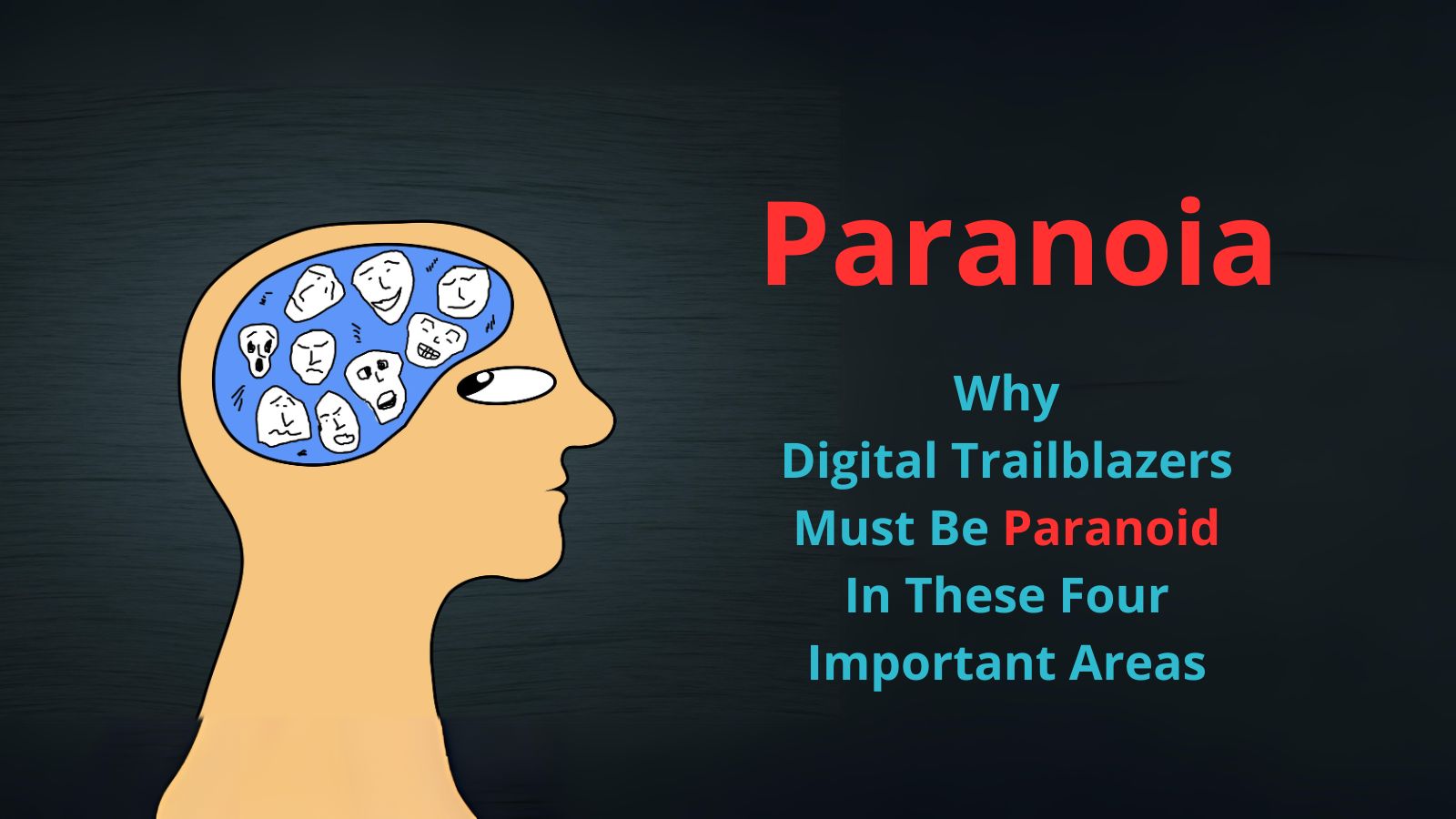Remember the excitement when robotic process automation (RPA) became mainstream? Enthusiasts were excited to band-aid integrations over legacy systems and automate complex data entry forms to improve productivity and quality. Many organizations realized these benefits and saw an ROI from RPA, but only a few translated them into true digital transformational impacts.
For current and aspiring digital transformation leaders, including CIO, CTO, CDO, innovation leaders, product managers, DevOps engineers, SREs, and data governance specialists. Topics: digital transformation, leadership, agile planning, scrum, DevOps, SRE, ITSM, AIOps, innovation, product management, data science, AI, ML, data governance, low-code, no-code, startups, digital marketing, social networking, SaaS, future of work, IoT, and culture change. Join our community of Digital Trailblazers!
Win with GenAI: How to Surpass Productivity Drivers and Energize Digital Transformation
AWS Reveals Three Impressive Tenets of its Gen AI Strategy
Amazon took several more big steps into the gen AI and LLM battlefield, making several big announcements at last week’s AWS Summit New York. It should be no surprise that Amazon will continue to drive AI innovations, given that AWS is the market leader in cloud computing services, with a 31% market share and a $100B annual run rate.
10 Questions on Leading Gen AI and Driving Digital Transformation
I recently recorded an episode of the
Politely Pushy
podcast with Eric Chemi, sponsored by Bospar. We discussed how to make
digital transformation a core competency, a favorite topic, and the heart of
what I do at StarCIO.
7 Ways Amazing Digital Trailblazers Can Market Their Team’s Success
June and July are ideal months to target major deployments and head into the summer with some breathing room to refresh, learn new skills, and plan to close the year with a bang.
But Digital Trailblazers know that following any major deployment comes the
harder parts of
leading change management programs to increase adoption, capturing end-user feedback, and promoting activities that drive business
outcomes.
Why SaaS and Low-Code Need AI for Helpful Technical Support
I use many SaaS tools, data, and automations to run different parts of StarCIO’s business. It’s a very technical and efficient operation, and it was all developed using no-code technologies.
If you’d like an example, watch my
Driving Digital Standup
video on
How to Build Apps, Databases, and Integrations with Low-Code / No-Code
Platforms. In the video, I demonstrated using Quickbase to manage a database of all
my articles, feeding it with new content via RSS feeds using Zapier, and
updating a Tableau
dataviz of all my writing.
Breakthrough Low-Code: Four Platforms Champion GenAI, ML, and New Productivity Drivers
Go to four low-code conferences over a couple of months, and you learn a few things about how gen AI, machine learning, and productivity tools are shaping the world of all companies – from the largest enterprises to smaller businesses – and from mega enterprises in the financial service and insurance industries to medium-sized healthcare, manufacturing, and construction businesses.
How Digital Trailblazer CIOs Avoid the Devastating ERP Upgrade
“CIOs loathe ERP upgrades” is how I opened my question at SAP Sapphire’s press conference after the day two keynote. It’s a sentiment I hear from CIOs and IT leaders, regardless of their organization’s ERP platform.
At the press conference, I asked SAP CRO Scott Russell and head of customer
services & delivery Thomas Saueressig to address the challenges
CIOs face when upgrading last-gen ERP implementations.
12 Helpful Gen AI Strategies for Winning with Data Science
Every year, research reports cover the level of investment companies make in data science, the relatively small percentage of ML models that make it into production in front of customers, and the challenges in delivering ongoing business value. Even once data scientists successfully deploy models and deliver benefits, the complications of maintaining the models become an ongoing challenge.
10 Interview Questions for Digital Trailblazers: Find Amazing Candidates and Land Exciting Jobs
At a recent Coffee with Digital Trailblazers, several of us shared our favorite questions to ask Digital Trailblazers on interviews and how to prepare for them. I captured 20 key questions that job seekers should rehearse before their next interview and that leaders should use to separate the good from amazing candidates.
5 Decisive Questions to Ask Your Managed Security Services Provider (MSSP)
I’m a digital transformation, product, technology, and data/AI leader, but I don’t count information security as a top area of expertise. Over the years, I’ve learned a lot about putting the sec into DevSecOps, how security platforms use AI to improve incident management, and why educating employees is the frontline of defending the business. But when it comes to prioritizing security risks, developing a roadmap, and overseeing security operations, I call in experts who can advise on strategy and lead implementations.
Why Digital Trailblazers Must Be Paranoid In These Four Important Areas
My friends and colleagues know I can be paranoid sometimes, but it’s part of my survival instincts. When you’re driving transformation and responsible for operations, as I was for most of my career, you develop anxieties over what can go wrong, how it will impact your objectives, and whether you’re missing opportunities to address a material risk.
Top Leadership Attributes of Really Successful Digital Trailblazers
At a recent Coffee with Digital Trailblazers, we discussed who are the right people to lead digital transformation initiatives in their organizations – leaders that I call Digital Trailblazers. I chose this topic as an extension to Chapter 8 of Digital Trailblazer, where I ponder the advice from boards of directors and CEOs on finding the right leaders to oversee the organization’s digital transformation initiatives.
From the discussion, we captured fifty attributes of Digital Trailblazers
that I grouped into five competencies:
5 Keys to Develop Meaningful Relationships with Board Directors
Even if you’re not a C-level company executive, you might find opportunities to speak with board directors and develop a meaningful and valuable relationship with them. You may get lucky and have an opportunistic encounter, like running into a board director in your building’s elevator, at a charity event, or during a conference.
Are you prepared and confident to turn a chance encounter into a
career-changing opportunity?
3 Ways Helpful CIOs and CHROs Can Drive Experimental Cultures
Ten years ago, it was less likely for CIOs and Digitial Trailblazers to form a partnership with their CHRO and human resources departments. At that time, IT was largely focused on run and grow initiatives with little focus on transformation – and the term digital transformation was in its infancy. Meanwhile, many employees perceived HR as untrustworthy and only sought their services to complete performance reviews, gain support for promotions, request approvals for new hires, and handle difficult employee situations.
Should product managers and innovative agile teams measure business value?
How to measure business value is a question many agile teams ask me, given how much rigor I ask them to put into estimating and capturing story points. Should product managers and product owners have an equivalent responsibility to define a business value metric, use the metric for prioritization, and be held accountable for actual business value delivered versus estimated?















